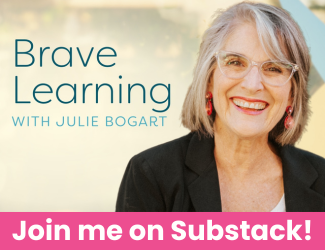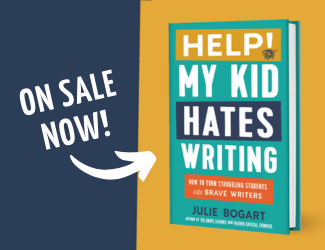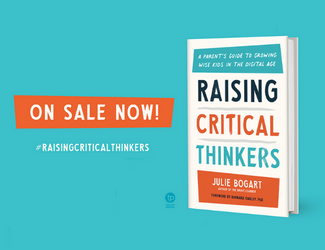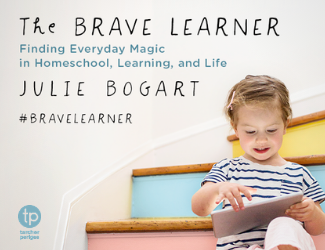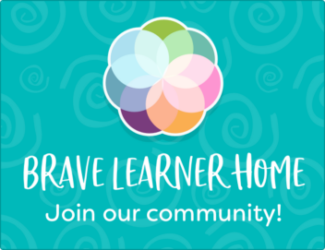It ALL Counts (even if you didn’t plan it)
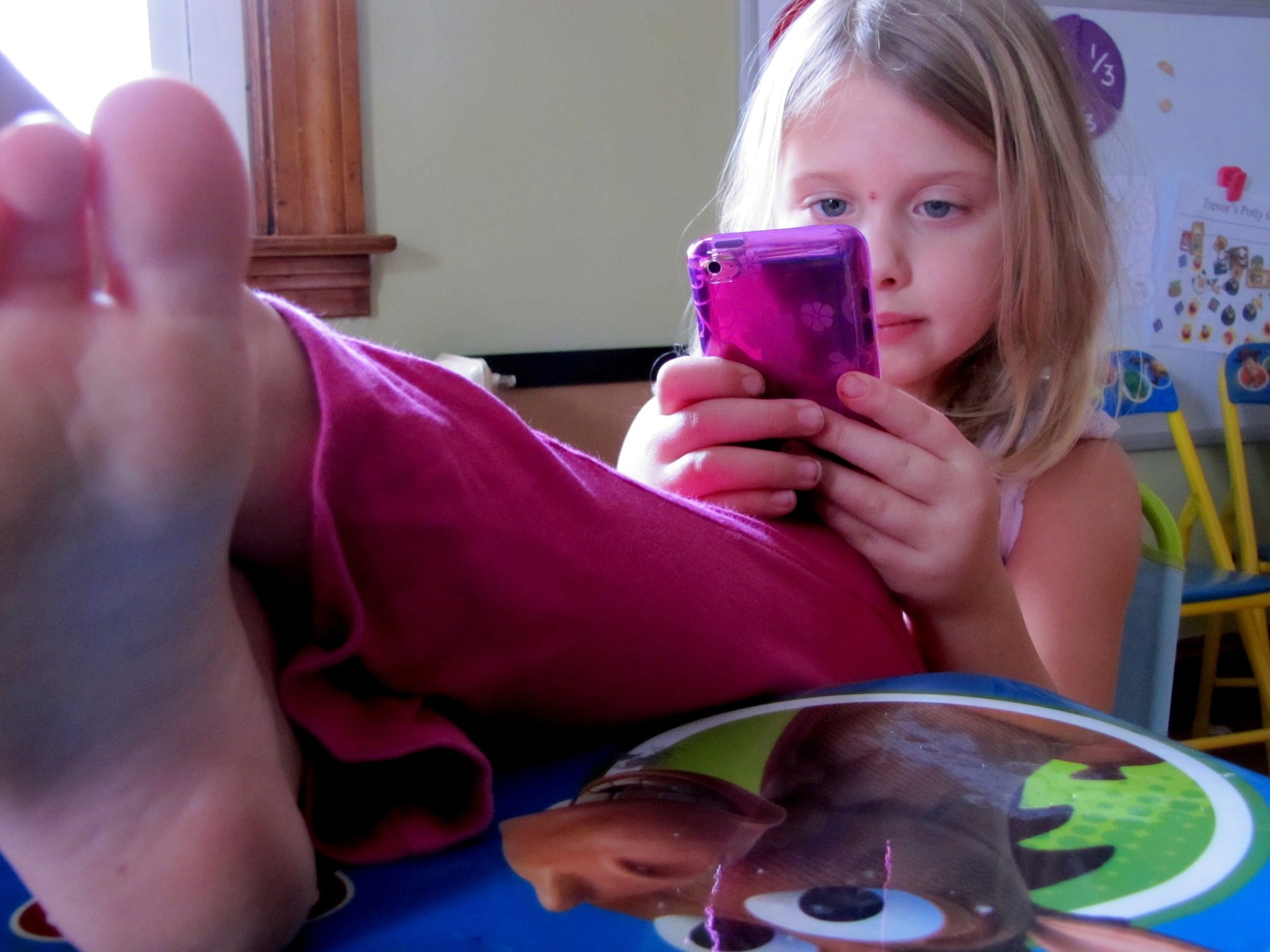
Even if the activity didn’t make it to your planner or calendar, it counts.
Even if the thought didn’t pop into your mind until a moment before you acted on it, it counts.
Your child’s impromptu mock-speech given after reading about Abraham Lincoln’s powerful speeches? It counts.
Scribbled notes, skip counting in the car on the way to the orthodontist, the questions and answers about light and reflections while in the bathtub—it all counts!
Give yourself credit. It’s so easy to feel like you did “nothing today”—just because you didn’t follow some pre-planned set of activities and readings. Homeschool isn’t like that…most of the time! You may create a schedule or set of practices you intend to complete, but more often than not, real life rearranges those plans anyway.
On the days when inspiration takes over (you spend the morning making fairy houses out of bark, moss, twigs, leaves, and acorns; you and your kids get lost on the Internet looking at photos of the solar system; your children act out a colonial times trial in the town square), you may be tempted to feel like you got behind.
You might tell yourself that that day didn’t “matter” because you hadn’t planned the activity yourself, hadn’t scheduled it on your day planner.
That’s a “school” mindset. Homeschool is much freer than that—by nature, for its own good, as one of its chief beneficial features!
The best homeschools create a flow of activity, often catalyzed by the parent, enhanced and supported by the creativity of children. This means that even well-laid plans may be waylaid by immersion in the subject area—the desire to spend more time, to explore more intimately, to activate the learning through action, experimentation, and repetition.
Not only that, “rabbit trail learning” is a chief feature of education at home. You can’t always know where a curiosity will lead. You may begin a morning of routine copywork that morphs into a discussion of handwriting styles, which leads to curiosity about fonts, which brings your child full circle to illuminated pages (dove-tailing with the morning’s history lesson from the medieval era). You can’t know that when you sit down to copy the poem. But after an hour of googling, trying different handwriting styles, and finally printing a mock page for illuminated letters, you’ve circled the world of typesetting, handwriting, the value of manuscripts, and have modeled the steps of research.
To feel as though you “got off track” because of that rabbit trail investigation would be damaging to your homeschool self esteem. You mustn’t regret the tangents. They are the chief benefit of “school-at-home.” This is what can’t happen in a classroom (at least, not as easily).
Count it all.
If you must, make your list at the end of the day and then check off each item (plan from behind!), with satisfaction that you have indeed spent valuable hours together with your children in pursuit of their educations.
What you can’t know, as you are doing it, is how all these threads weave themselves into the tapestry of a rich and robust education! The tangents, the diversions, the wasted time “trying” an idea, the correlations and connections, the repetition of the same game day after day, the questions without answers, the googling that didn’t lead where you intended, the days you throw away to leave the house and go to the museum or zoo or movie theater…
It all counts! It’s all part of the education you do intend each and every day. It doesn’t matter if you thought of “it” (whatever “it” is) in advance; it doesn’t matter if you planned the activities. What matters is that you value what happens each day.
As you take notes, as you pay attention to the actual education happening in your home, you will come to peace about your lifestyle. If you resist (if you feel guilty for spending an entire morning playing with handwriting styles), you will deaden the potential liveliness of learning. No plan will be as full of life as the spontaneous curiosity that arises from a child’s question or the interconnections you can make through activity and lessons—acting, singing, game-playing, sculpting, eating, museum-visiting, googling, speech-making, dress up clothes, crafting, sewing, knitting, discussing, reading one more chapter, writing because writing feels like the perfect way to respond to all this material…
One last myth-buster: the other home educators? This is how they live too. Everyone is forging a blend between plans and inspiration, certainty and doubt. That’s the nexus of home education.
Home education is a bold, risky endeavor where you plan and relax, where you offer and respond, where you intend and let go, where you lead and you also follow.
It all counts. So count it!
Header image by Brave Writer parent, Danielle












